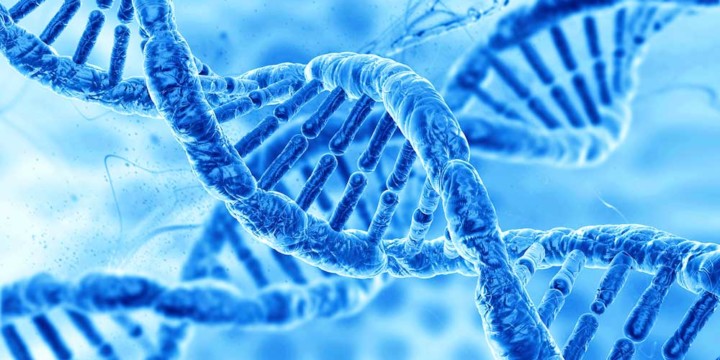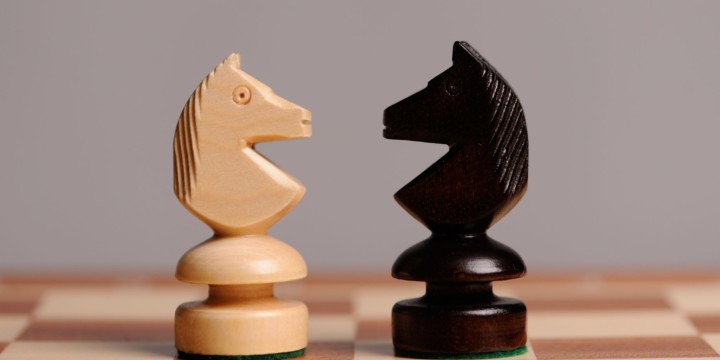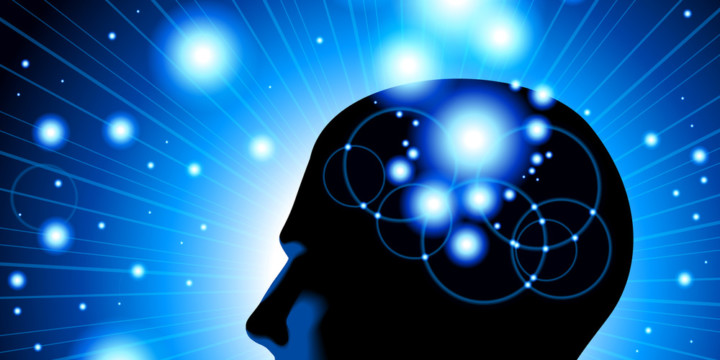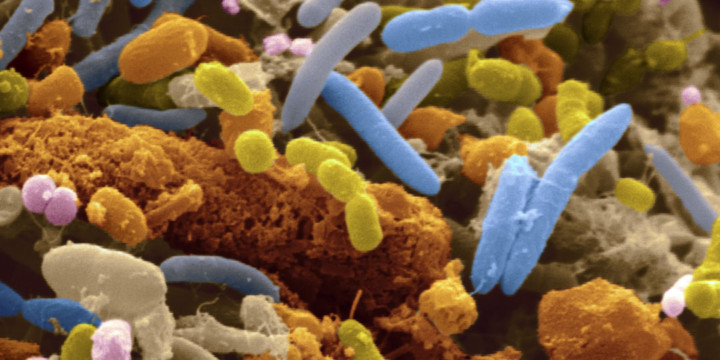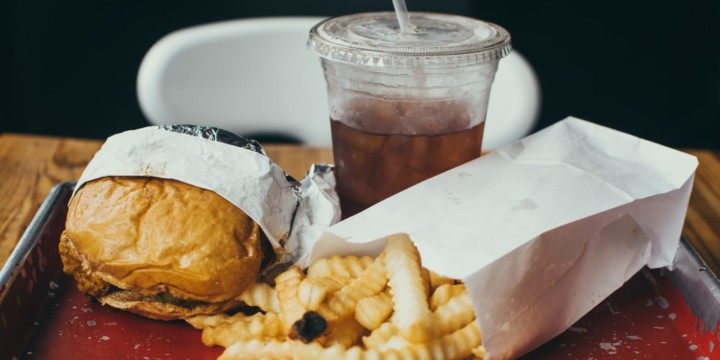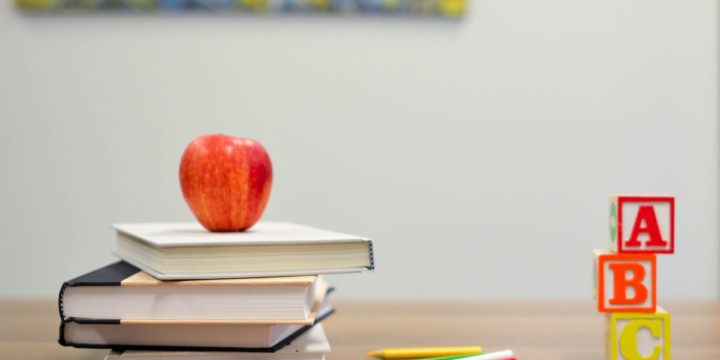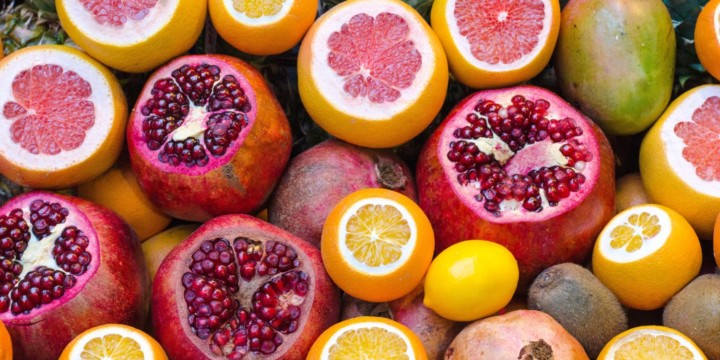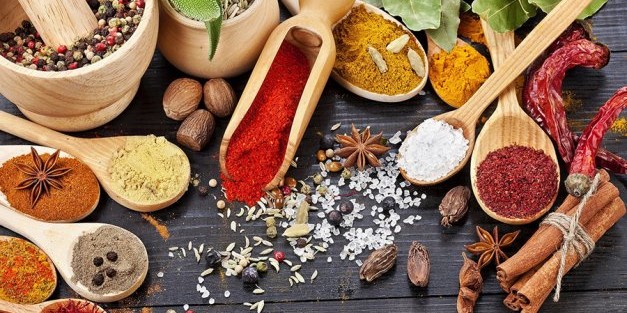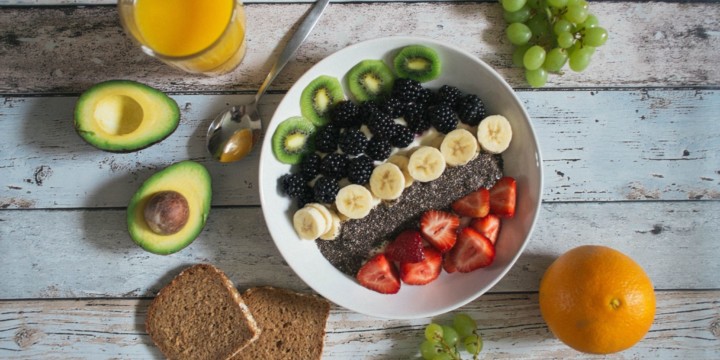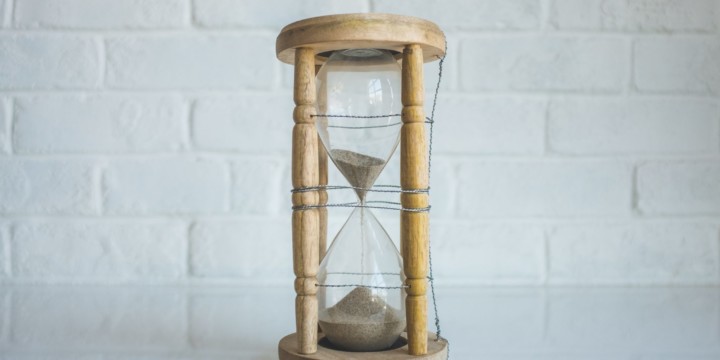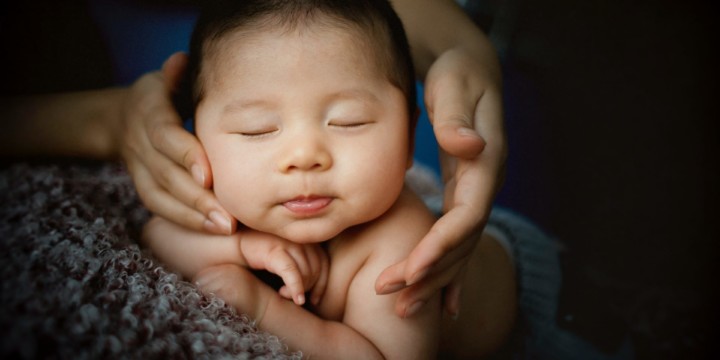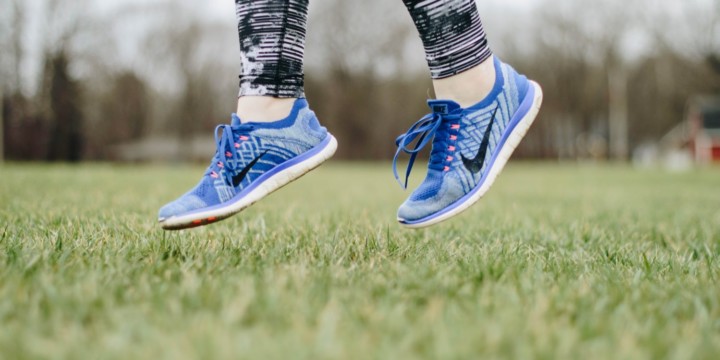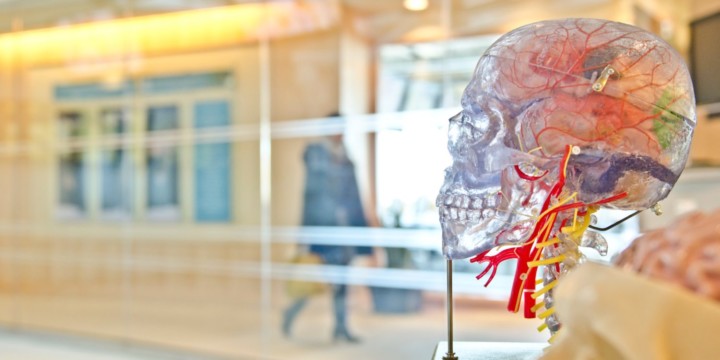Physiology of Hypertension
The pressure exerted by the blood on the walls of the blood vessels when the heart pumps the blood is known as blood pressure. It is measured by two values, systolic and diastolic pressure. When the heart pumps, the highest pressure recorded during a beat is called systolic pressure and lowest pressure between two beats is called diastolic pressure. The normal blood pressure is 120/80 mmHg. When the pressure is sustained above 140/90 mmHg for a long period of time, it is considered to be high blood pressure.
Essential or Primary Hypertension
When the blood pressure is found to be above 140/90 mmHg on 3 or more visits to the doctor and all other causes of the high blood pressure are eliminated, it is called primary hypertension.Exact causes of essential hypertension are not known. However, obesity, smoking, alcohol, high sodium diet and heredity often have a role to play in essential hypertension.
Secondary Hypertension
When the hypertension is an effect of other underlying condition, it is called secondary hypertension. The most common cause is an abnormality in the arteries supplying blood to the kidneys. Some other causes could be tumors of adrenal glands, hormonal imbalance, obstructed airway during sleep and side effects of drugs such as ibuprofen. Secondary hypertension can be controlled if the causes are found.
Symptoms and effects
Hypertension itself doesn’t have any direct symptoms. However, some people suffering from high blood pressure may experience insomnia, increased heartbeat, chest pain, nose bleeding, giddiness or chest pain. Hypertension quietly causes damage to the cardiovascular system. For the same reason, it is also known as “silent killer”. Long-term exposure high blood pressure may cause complications due to its impact on different organs.
Arteries
High blood pressure may damage the inner walls of the arteries. Fat deposits or calcification may occur on the damaged walls leading to narrowing of the blood vessel. Eventually, the arteries become less elastic which causes less blood to reach in different parts of the body.
Heart
High BP may lead to coronary artery disease, enlargement of the heart and heart failure due to increased strain on the heart muscles.
Brain
High blood pressure may cause damage to the arteries in the brain increasing the risk of strokes, dementia and cognitive impairment (due to blockage of blood flow from the damaged arteries).
Kidney
High blood pressure is one of the most common causes of kidney failure as it may damage the arteries to kidney and also the small blood vessels in the kidneys that filter the waste products in the blood.
Eyes: Blood vessels in the eyes may rupture and thus cause partial or complete blindness.
Causes
The exact causes of hypertension are not known. Increase in the number of people suffering from high blood pressure may be attributed to low physical activity, use of alcohol and tobacco, consumption of a diet high in sodium( fast food usually contain a high amount of sodium).
Heredity can also play a role in hypertension. The conditions such as obesity, diabetes, kidney disease, cancer, hyperthyroidism, general anxiety disorder and lack of sleep may increase the risk of getting hypertension.
Treatment of Hypertension in Allopathy
Hypertension is treated by making changes in lifestyle and with drugs. Lifestyle changes include regular physical exercise, reducing stress, getting adequate sleep, reducing salt intake, reducing weight and increase intake of fresh fruits and vegetables.
There are four classes of drugs to treat high blood pressure. They reduce blood pressure by acting on kidneys, blood vessels or heart.
Diuretics cause kidneys to remove more salt and water from the blood which reduces the blood volume and thus the blood pressure.
Beta-blockers reduce the workload on the heart by decreasing both the rate of heartbeat and also the strength of the contractions.
There other types of drugs which relax the blood vessels. These drugs include ACE inhibitors, angiotensin II receptor blockers, calcium channel blockers and direct acting vasodilators.
Hypertension and Ayurveda
In Ayurveda, although there is no direct reference to hypertension, the condition can be compared to “Raktagata Vata”. Vata is responsible for controlling the movement of the body and also controls the mind. The vitiated Vata dosha gets lodged in the blood and disturbs the circulation of the blood causing hypertension. Blood or Rakta Dhatu is closely related to “Pitta dosha”. As the blood circulation gets affected, the Pitta dosha also gets imbalanced. Hence, “Raktagata Vata” is a condition of imbalance of Vata and Pitta. If Kapha dosha is also involved, it causes the blockages in the arteries.
Treatment of Hypertension in Ayurveda
The treatment varies from individual to individual based on the extent of vitiation of dosha. The Ayurveda doctor would assess the strength of the malady Rogbal versus the strength of the patient or RogiBal. The entire regimen is tailor-made taking into account the Prakriti of the patient and Vikriti of the disease.
Generally, a detox, improvement of digestion, rejuvenation and destressing therapies, herbs, diet change and yoga and pranayama form the core of Ayurveda treatment.
Detox
Ayurveda detox helps to cleanse the body of the vitiated dosha and toxins. Virechana or therapeutic purgation helps to correct the metabolism and balances Vata and Pitta doshas. All the blocks in the cells are removed through this process. Basti enema also helps to balance Vata.
Relieve stress and balance the nervous system
Takara Shiro Dhara (stream of liquid) with medicated buttermilk on the head, Ksheera Dhara or stream of medicated milk on the head and body, Taila Dhara or stream of medicated oils and tub bath in medicated oils help to relieve stress and balance the nervous system.
Herbs for Hypertension
In Vata dominant dosha, Sarpagandha, Jatamansi, Garlic, nutmeg, and Ashwagandha are very helpful. In Pitta dominated hypertension. Cooling and tranquilizing herbs such as Brahmi, Saraswat Powder, and Indian sarsaparilla are useful. For the Kapha dominated condition, Guggulu, Arjuna, shilajit, cardamom, and cinnamon.
Diet and digestion
As hypertension is largely a lifestyle disease, optimizing the diet is vital for its management. A good diet would also aid in digestion.
Avoid food items that are hard to digest such as meat, artificially stimulate the nervous system such as coffee and tea and have sodium content such as pickles, processed and refined food items. Also, give up or reduce consumption of alcohol and quit smoking.
Include green leafy vegetables such as kale, lettuce, turnip greens that are rich in potassium and helps to balance sodium. Bananas also high potassium content. Berries, beetroots, fatty fish rich in omega 3, seeds, nuts, Indian gooseberry or amla, lemon, cucumber, watermelon, grapefruit, and garlic are other food items that you should include in your diet.
Yoga and Pranayama
Yoga and pranayama are integral to the treatment both in Ayurveda and Naturopathy. They help in calming the mind and body.
But while doing yoga care should be taken not to put your body in an inverted position where your legs are higher than the heart and the heart is higher than the head. Thus, Sarvangasana or shoulder stand, Sirsasana or headstand, Adho Mukha Vrkasana or handstand pose and Viparita Karni with legs up the wall should be avoided. You can also avoid asanas that compress the diagram as is the case in Dhanurasana and Mayurasana.
Asanas beneficial for high blood pressure are Baddhakonasana(bound angle pose), Virasana(hero pose) and Upvistha konasana(wide-angle forward bend). The best asanas are those that relax the body and allows the heart to make less effort in pumping the blood. You can also do all the forward bending asanas. Vajrasana (kneeling pose) is good for digestion.
Pranayamas like Chandrabhedi, Anulom-Vilom, Sheetali, Sheetkari, and bhrahmari are useful in hypertension. You can practice Kapalbhati and bhastrika only under the guidance of a certified yoga teacher after consulting with the doctor. Even when you choose to practice them do so in a very slow rhythm.
Hypertension and Naturopathy
Naturopathy considers stress and faulty lifestyle as the important factors causing high blood pressure. While modern medicines target the symptoms with medication without finding out the root cause for the condition, naturopathy works at restoring the balance in the body.
Treatment in Naturopathy
The naturopathy treatment focus on the diet, lifestyle, exercises, yoga, and meditation.
Detox
If you do to a naturopathy center they would first concentrate on cleansing the toxins from the body. Generally, a raw vegetable and fruit diet is given for that purpose.A person can also be put on the fruit and vegetable juice diet. Massages, mud therapy, and hydrotherapy are also done not only to remove toxins but also for the release of stress.
Diet
A diet low in protein, meat, eggs and high in fresh fruits and vegetables is recommended. Fruits such as oranges, apples, pears, guava, mangoes, pineapples, raspberry, and watermelon are very useful in controlling blood pressure. Raw vegetables such as cucumber, carrot, tomatoes, onion, radish, cabbage and spinach are also considered to be very beneficial. Garlic is known to be an effective agent for lowering blood pressure as it can ease spasm of small arteries.
One tablespoon of amla juice mixed with one tablespoon of honey can be taken in the morning.
Include calcium and potassium-rich foods in the diet as they help in maintaining the health of the arteries and balance sodium in the body. Green leafy vegetables are rich in potassium while dairy has high calcium.
Stress management through Yoga, Pranayama, and meditation
Regular exercises, Yoga, Pranayama, and meditation can help you release stress and balance hormones in the body. Yoga and Pranayama exercises are already mentioned in the section above. Yog Nidra or sleep meditation is a very powerful technique not only for calming the body and mind but also for healing. Sleeping well is also important in controlling hypertension.

